Why Meat Sticks to the Grill – The Science Behind It
There are few things more frustrating for a griller than a piece of beautifully seasoned meat that gets stuck to the grill. You try to flip it, and it tears, leaving half of your delicious crust behind on the grates. This common problem, known as meat sticking to the grill, can ruin a perfectly good meal. But it doesn’t have to be this way. Understanding why meat sticks to the grill is the first step to mastering the art of a perfect sear. The science behind this common frustration is simple, and the solution is even simpler.
This guide will break down the science behind the dreaded stick and provide you with a foolproof plan on how to stop meat from sticking to the grill. We’ll cover everything from the chemistry of protein to the practical steps you can take to ensure your grill is a non-stick zone.
The Core Science: Protein Denaturation and the Maillard Reaction
At its heart, grill sticking is a chemical reaction. When you place a piece of meat on a hot grill, two key things happen that can cause it to bond to the metal.
1. Protein Denaturation: The “Glue” Effect
Proteins are large, complex molecules that are folded into specific shapes. When they are exposed to high heat, they “denature,” meaning they unravel and unfold. As these proteins unravel, they have a strong tendency to bond with other things, including the surface of your grill grates.
This creates a microscopic “glue” effect, where the surface of the meat forms a temporary bond with the metal of the grill. This is the initial reason why meat sticks to the grill. The goal is to allow this initial bond to form and then break naturally.
2. The Maillard Reaction: The Flavor-Building Bond
The Maillard reaction is a chemical process that occurs when amino acids and sugars in the meat are exposed to high heat. This reaction is what creates that beautiful, savory brown crust and those incredible, complex flavors. This reaction is what separates grilling from other cooking methods.
However, the Maillard reaction also creates new, strong chemical bonds. These bonds are essential for flavor, but if the meat is not properly prepared, these bonds can form with the metal of the grill and cause the meat to tear when you try to flip it. The key to preventing this is to allow the reaction to complete before you flip.
The 5 Main Causes of a Sticky Grill
Beyond the science, there are several practical reasons that lead to grill sticking causes. Fixing these human errors is the easiest way to solve the problem.
Cause 1: Not Preheating the Grill
A cold grill is a sticky grill. When you place meat on a cold or lukewarm grill, the proteins in the meat have a long time to denature and bond with the grates before the surface has a chance to sear and release.
- The Fix: Always preheat your grill for at least 15-20 minutes, or until it reaches a temperature of at least 400°F. A properly preheated grill will create an immediate sear, which prevents the proteins from bonding with the grates for too long.
Cause 2: Dirty Grill Grates
Leftover food particles from a previous cook are one of the main reasons for a sticky grill.
- The Fix: After preheating your grill, use a sturdy wire brush to scrape off any leftover residue from the grates. This creates a clean, smooth surface for your meat to cook on.
Cause 3: Not Oiling the Grates (or the Meat)
A non-stick surface is the key to preventing a sticky grill grate.
- The Fix: Once your grates are hot and clean, use a paper towel soaked in a high-smoke point oil (like vegetable, canola, or grapeseed oil) and, using tongs, rub the oil over the grates. Alternatively, you can brush a light layer of oil directly onto the meat. This creates a non-stick barrier between the meat and the metal.
Cause 4: Flipping Too Early
This is the most common mistake made by home cooks and a leading cause of meat sticking to the grill.
- The Fix: When the Maillard reaction is complete, the meat will naturally release from the grill. If you try to flip the meat before this reaction is complete, it will tear and leave half of your crust behind. Wait until the meat releases on its own. It might take a few minutes, but it will be worth it. This is a crucial concept we also cover in our guide on 10 grilling errors that ruin perfect steak.
Cause 5: Too Much Moisture
Excess moisture on the surface of the meat can lead to a sticky situation.
- The Fix: Before you put your meat on the grill, pat it completely dry with a paper towel. Moisture on the surface of the meat will turn into steam when it hits the grill. This steam will prevent a good sear and create a sticky layer. A dry surface is essential for preventing meat sticking to the grill. This is a concept we also touch on in our guide on 5 chicken grilling mistakes that cause dryness.
The Ultimate Guide to a Non-Stick Grill: 7 Pro Tips
Here is a quick-reference table to help you master your grill and never have to deal with meat sticking to grill again.
| Grill Tip | Why It Works |
| 1. Preheat Your Grill | A hot grill creates an immediate sear, preventing the proteins from bonding with the grates. |
| 2. Clean the Grates | A clean surface prevents leftover food residue from causing the meat to stick. |
| 3. Oil the Grates | Creates a non-stick barrier between the meat and the metal. |
| 4. Pat the Meat Dry | Removes excess moisture, allowing for a better sear. |
| 5. Leave It Alone | Wait for the meat to naturally release from the grill before flipping. |
| 6. Don’t Over-Season | Too much seasoning can create a gummy layer that will cause the meat to stick. |
| 7. Use the Right Tools | A good pair of tongs will help you flip the meat without tearing it. |
Conclusion
The next time you’re faced with a sticky grill, remember that the problem isn’t your meat; it’s the science behind the stick. By understanding the core principles of protein denaturation and the Maillard reaction, and by applying these simple, practical tips, you can take control of your grill and ensure a perfect cook every time. From preheating your grill to simply waiting for the meat to release, these steps will help you master the grill and say goodbye to the frustration of meat sticking to the grill.
FAQ: Why Meat Sticks to the Grill – The Science Behind It
1. What is the main reason meat sticks to the grill?
The main reason why meat sticks to the grill is a scientific process called protein denaturation. When meat hits a hot surface, the proteins on its surface unravel and bond with the metal of the grill, creating a temporary “glue” effect.
2. How do you season a grill to prevent sticking?
To season a grill, you simply need to oil the grates. After preheating, use tongs to rub a paper towel soaked in a high-smoke point oil over the hot grates. This creates a non-stick layer.
3. Can I oil my grill grates?
Yes, you should. Oiling your grill grates is a crucial step to prevent sticking. Use a high-smoke point oil like canola, vegetable, or grapeseed oil.
4. How can you tell if the meat is ready to be flipped?
The meat will naturally release from the grill when it’s ready to be flipped. If you try to lift it and it’s sticking, it means the Maillard reaction hasn’t fully completed yet. Wait a minute or two and try again.
5. Why does my chicken stick to the grill more than steak?
Chicken often has less fat and more moisture on its surface, which can cause it to stick more easily. Always pat the chicken dry before grilling to prevent sticking.
6. What should I do if my meat is already sticking?
If your meat is already sticking, do not try to force it off the grill. Let it cook for another minute or two. The bond between the meat and the grill will break on its own once the surface has properly seared and browned.
7. Does a gas grill stick more than a charcoal grill?
No, a gas grill doesn’t inherently stick more than a charcoal grill. Grill sticking is a result of improper preparation, not the type of heat source. The same rules of preheating, cleaning, and oiling apply to both.
Useful Resources & Further Reading

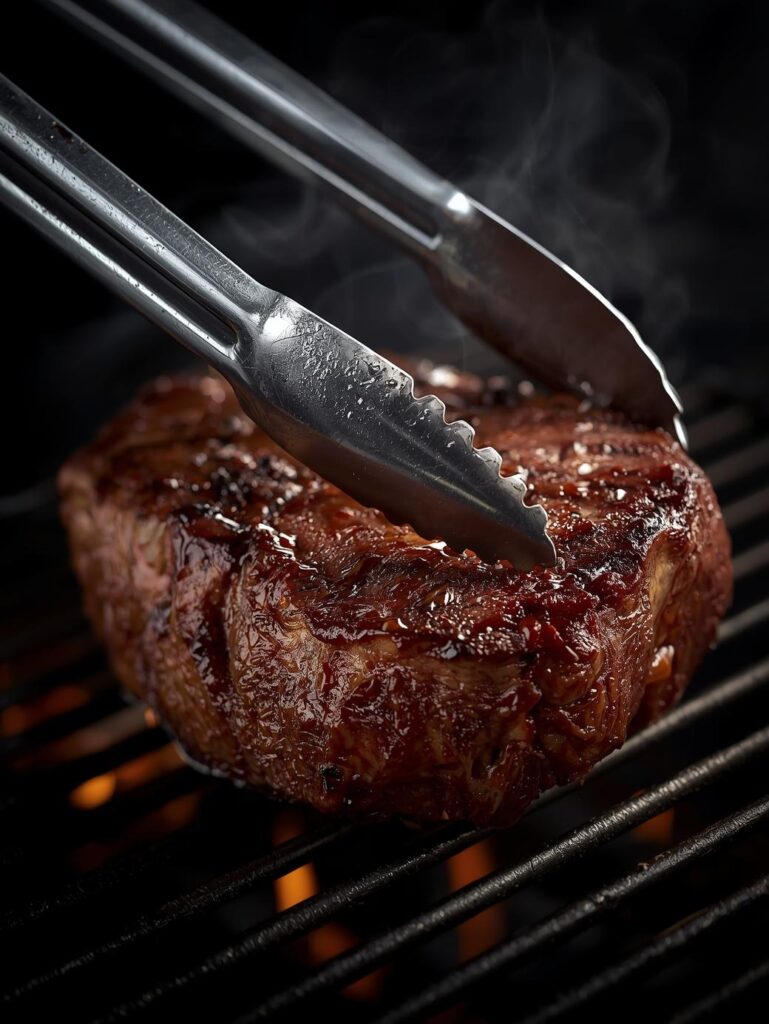

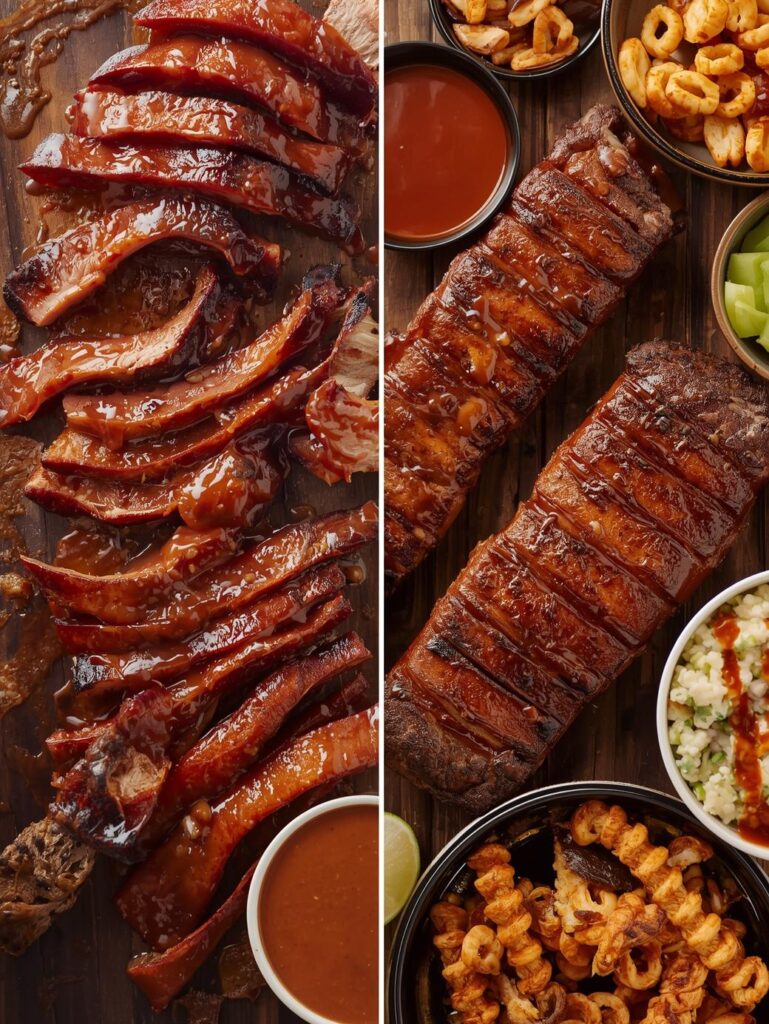
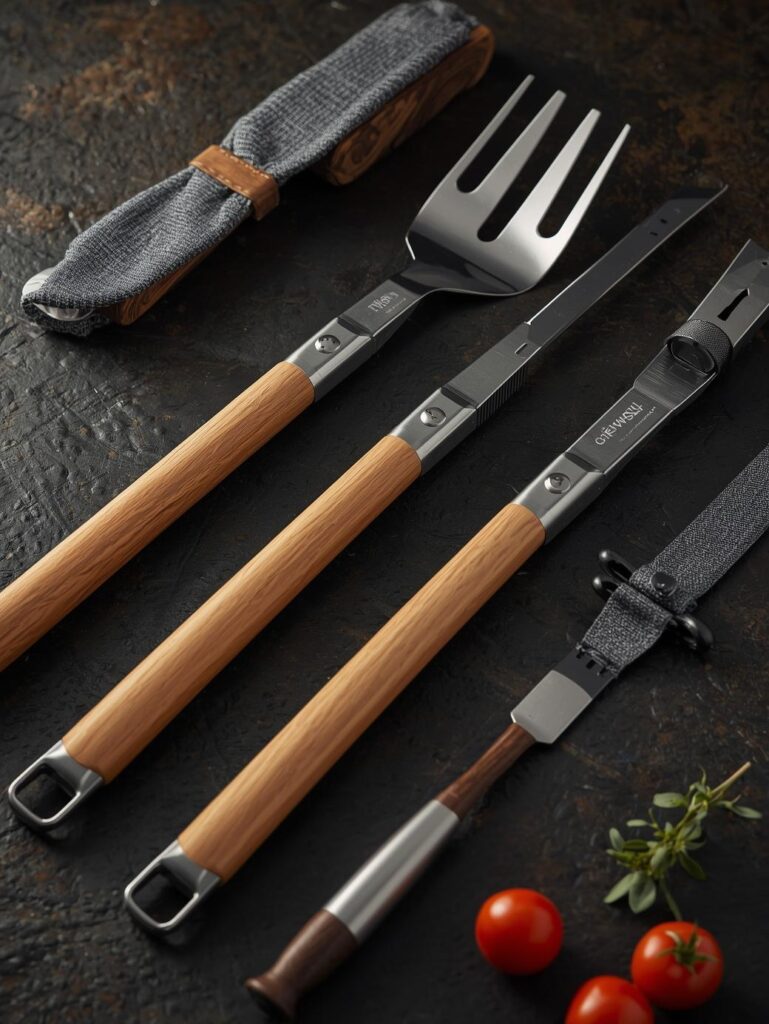
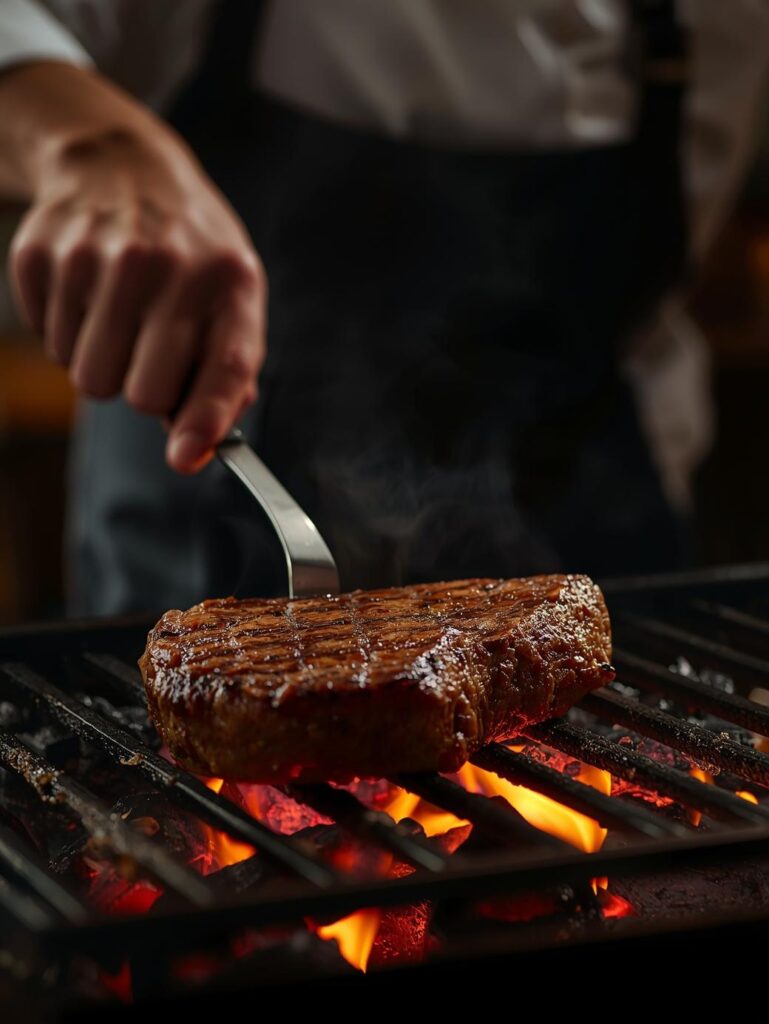
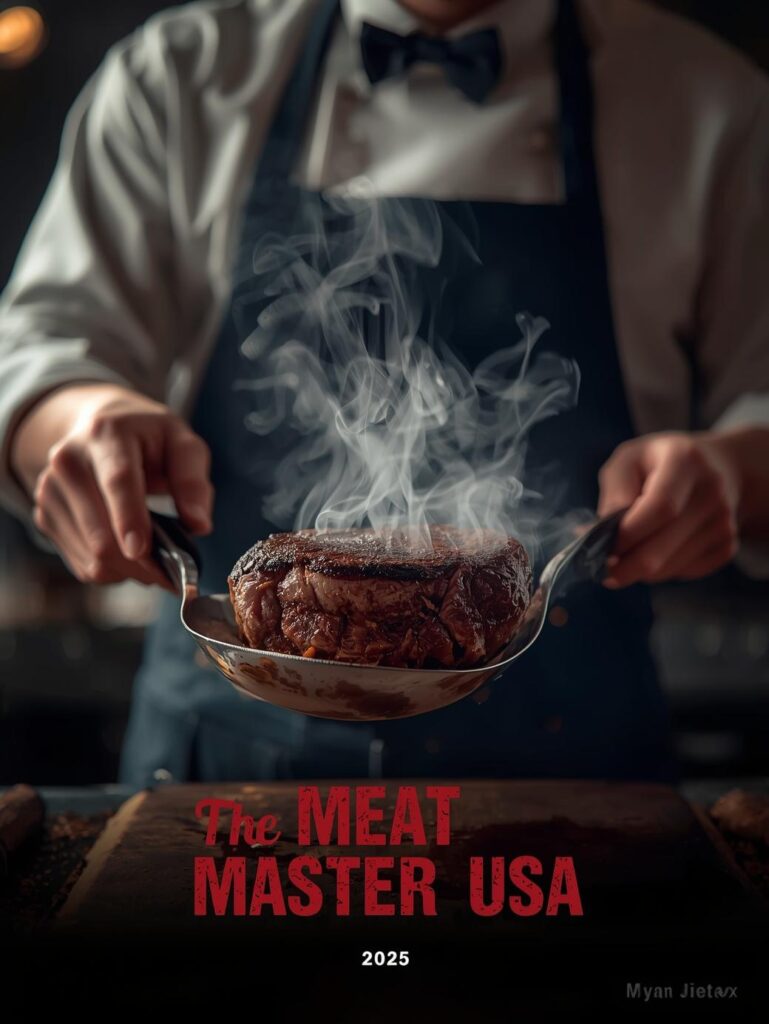
Pingback: Meat Lover's Tips: 35 Pro Secrets for Buying, Prepping & Cooking 2025